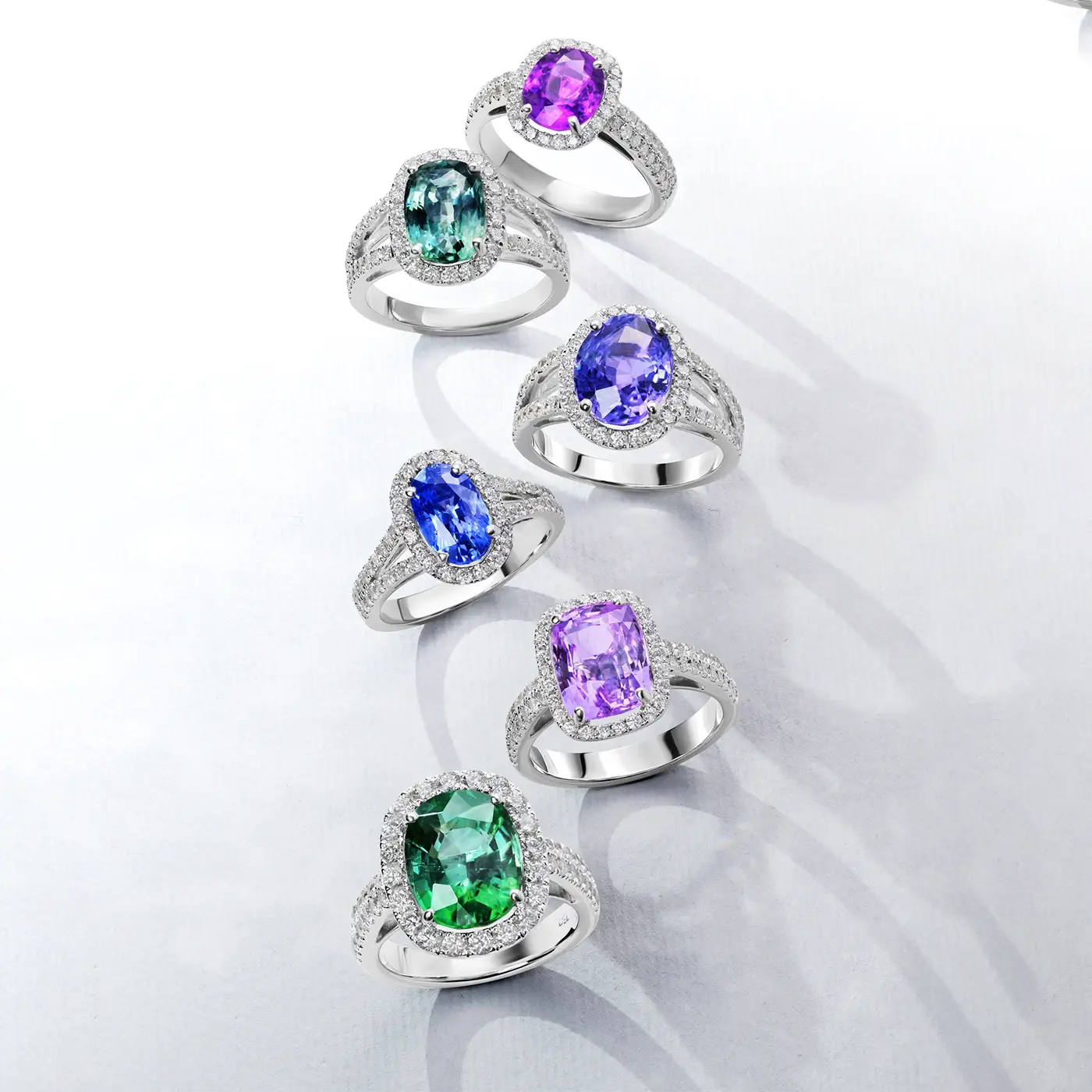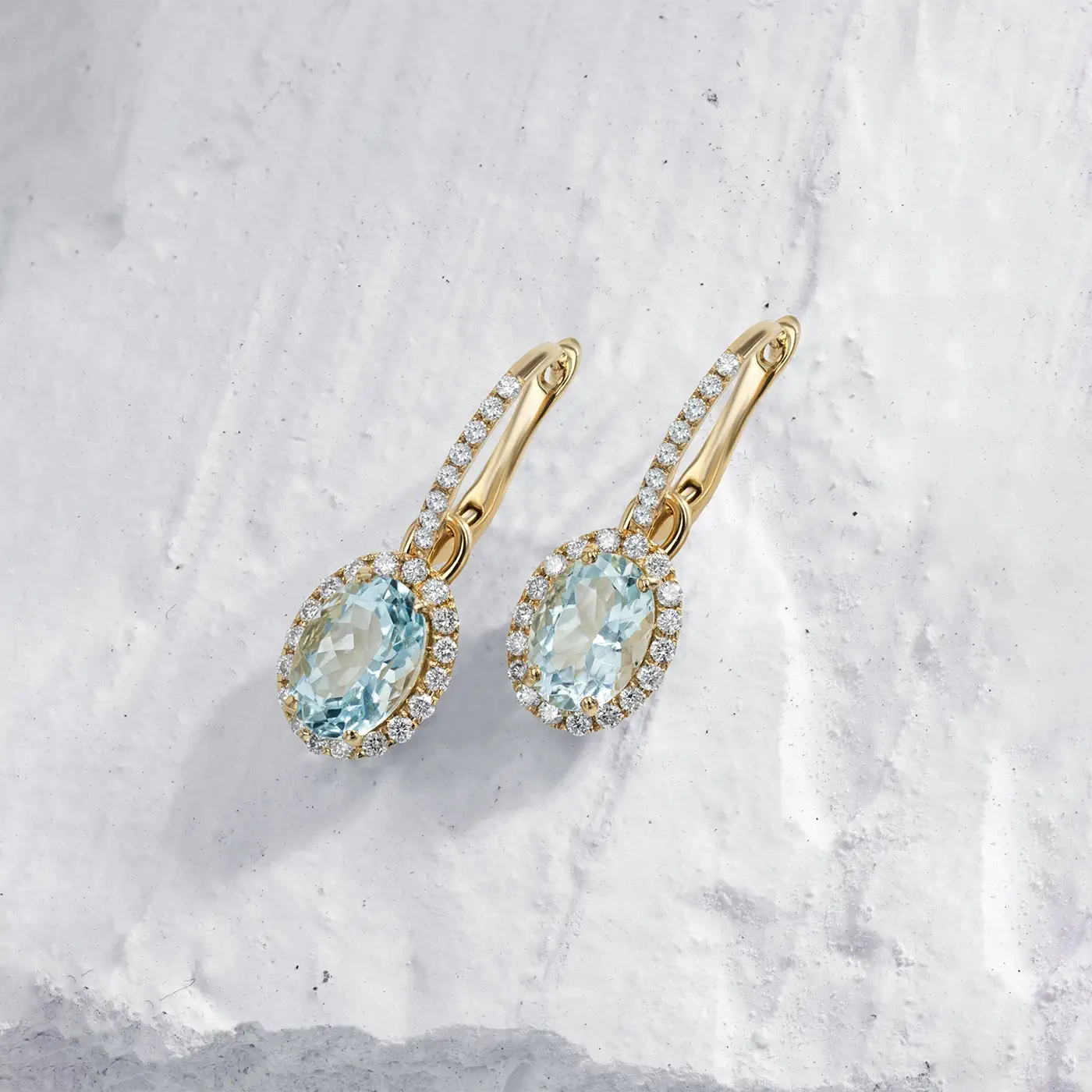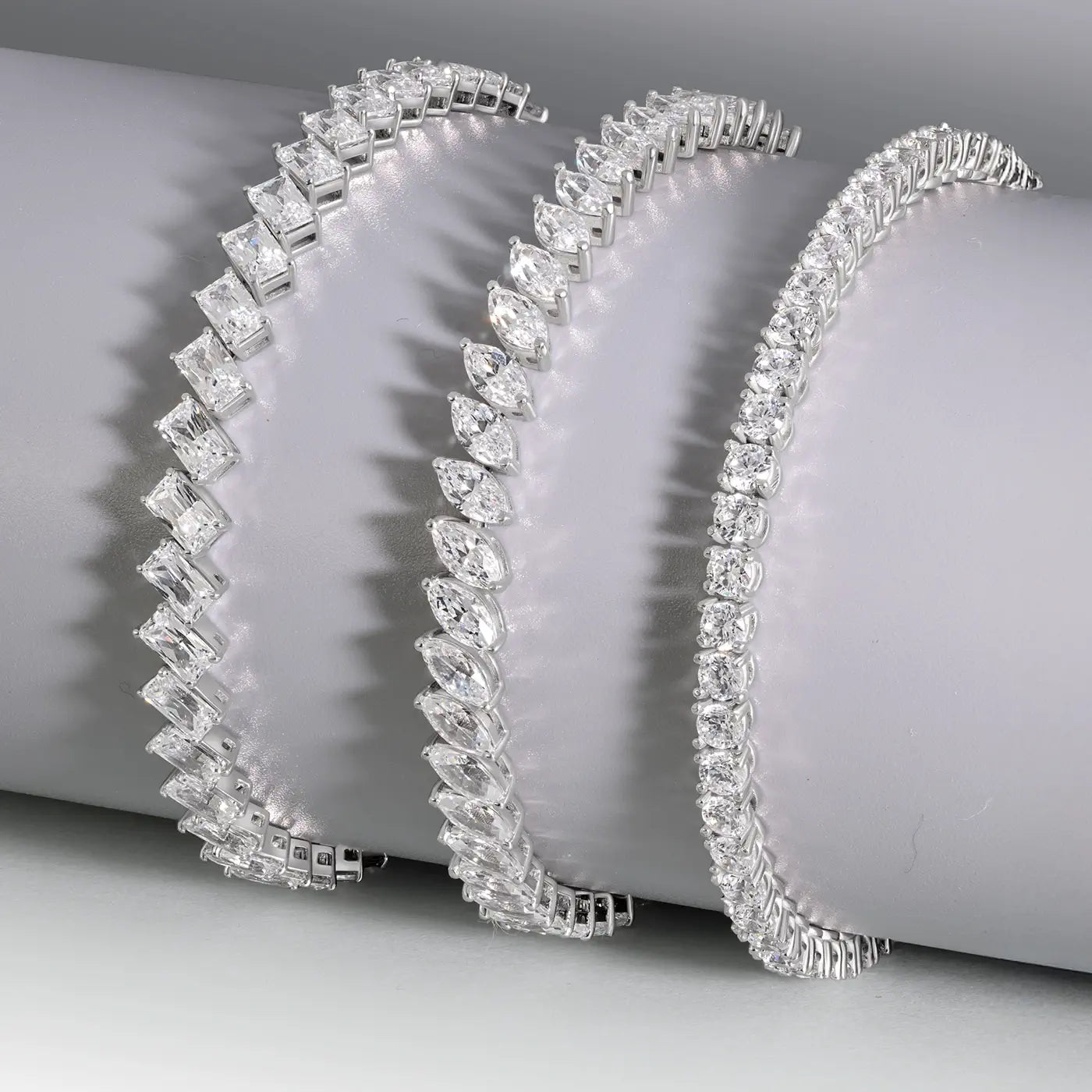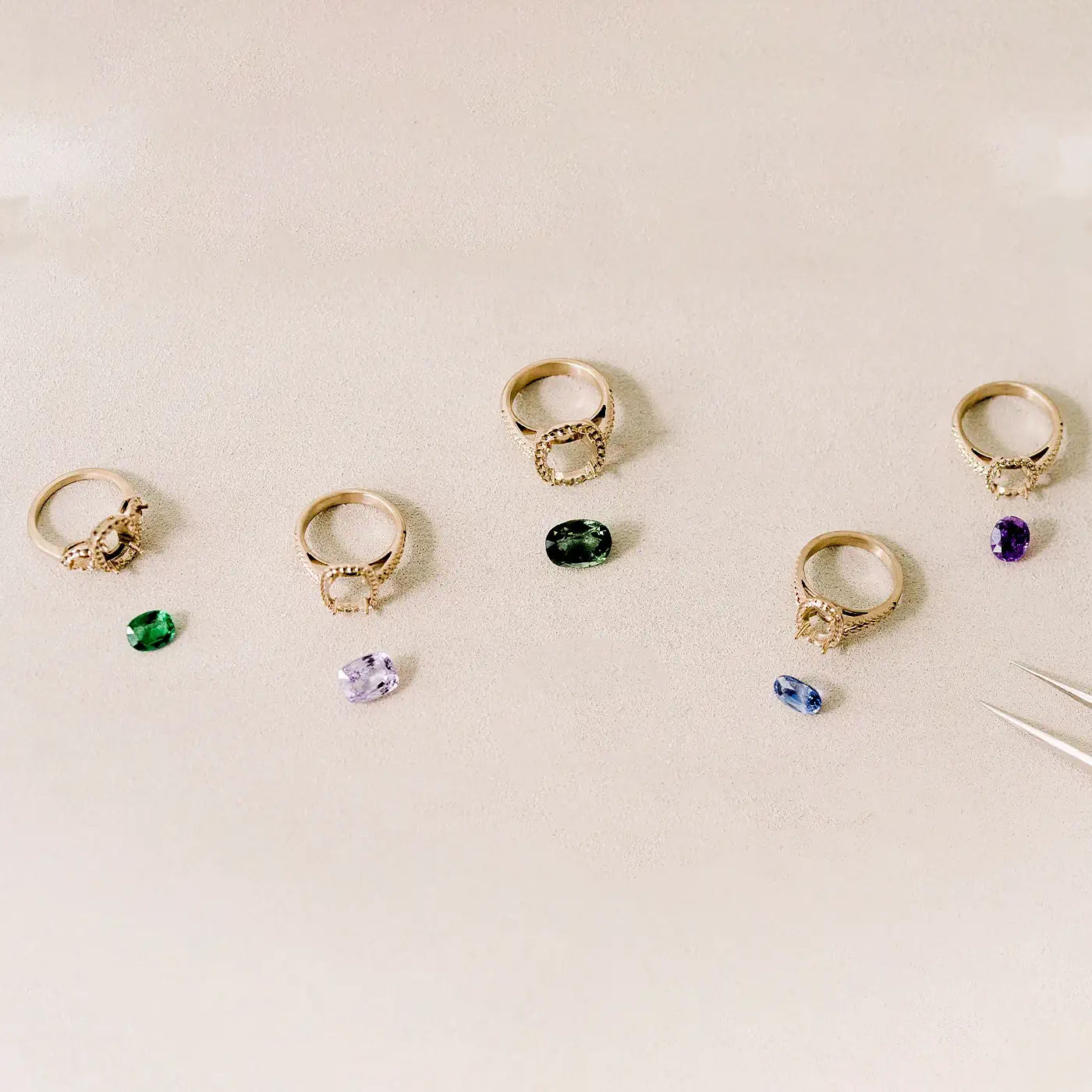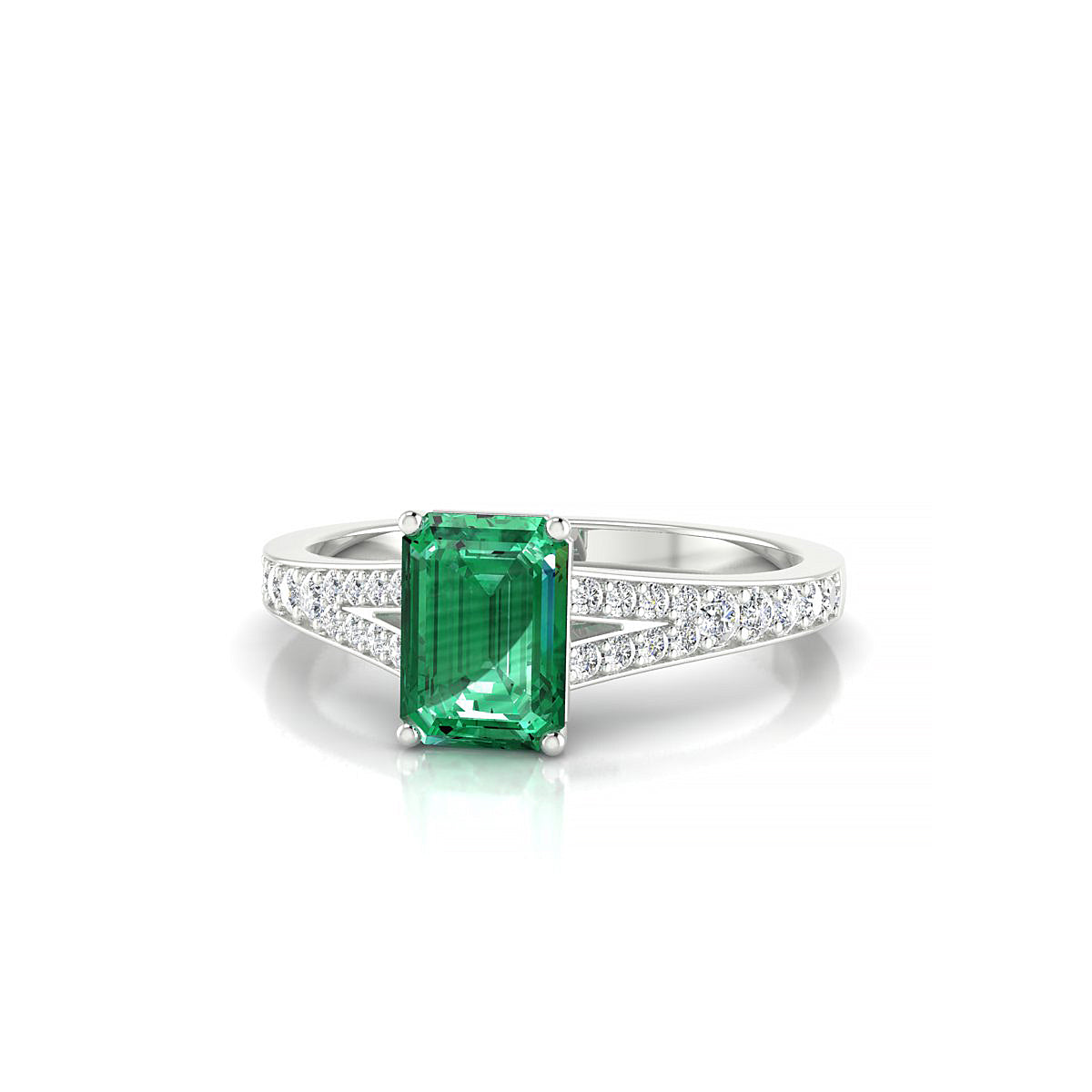ENCYCLOPEDIA
Emerald Full Guide

Emerald, from the Latin smaragdus meaning “green gem,” is one of the four precious stones alongside ruby, sapphire, and diamond. It belongs to the beryl family and is known for its rich green color and natural inclusions, often referred to as its “garden.” These internal characteristics make each emerald truly unique — and also more delicate. Symbolizing renewal, hope, and spring, emerald has been admired since antiquity. It is the birthstone of May and is traditionally gifted for a 40th wedding anniversary, known as the emerald anniversary.
Characteristics of the Emerald
Etymology: From the Ancient Greek smaragdus, meaning "green stone".
Family: Beryl
Chemical composition: Aluminum silicate and beryllium
Hardness: 7.5 - 8 on the Mohs scale
Density: 2.72
Optical properties: Uniaxial birefringent
Refractive index: 1.577 – 1.583
Birefringence: 0.005 – 0.009
Crystal system: Hexagonal

The origin of Emeralds
Emeralds were first discovered in Egypt around 330 BC. In the present day, emeralds are sourced from deposits in South America, Africa and Asia.
Although the most famous emeralds in the world are undoubtedly those sourced from Colombia, they have been mined intensively for many years and reserves are becoming increasingly scarce as a result. Brazil has now overtaken Colombia as South America's largest producer of the famous green gemstone.
On the African continent, the largest producer of emeralds is Zambia. In fact, its highly sophisticated mining technology gives us 35% of the world's emerald supply.
In Asia, emerald mines can be found in Russia, Afghanistan and Pakistan.
Carat
The carat value of a stone, not to be confused with the karat (a unit used to determine the purity of precious metals), is used to assess the weight of precious stones. The more a stone weighs in carats, the more valuable it is. For example, a 1-carat emerald weighs 0.2 grams, which means that a 5-carat emerald will weigh 1 gram.
Emeralds have a lower density than other gemstones, which means that even if an emerald weighs the same as a diamond or sapphire, it will still be larger than them.
The color of the Emerald
The emerald is a green gemstone belonging to the beryl mineral family. In order to qualify as an 'emerald', beryl minerals must have a certain level of saturation and green color intensity. If the green of a stone is too pale it is simply called a green beryl. Similarly, if a stone is too blue or too yellow it is not classified as an emerald but as a different variety of beryl and its value will drop significantly.
The emerald is slightly dichroic, which means that it displays different colors depending on the angle from which it is looked at (yellow-green or blue-green). The way in which lapidaries cut the stone is therefore a crucial factor in displaying its color well.
Like the ruby, the origin of an emerald can also affect its color. For example, Colombian emeralds are known for their pure, warm and intense green color. And Zambian emeralds are renowned for the touch of blue in their beautiful green color.
Discover our Guide on the Colors of Gemstones.

Light green emerald

Intense green emerald

Alpine green emerald

Dark green emerald

The clarity of Emeralds
Emerald has more inclusions than any other gemstone. Its inner fractures and imperfections, which are also poetically dubbed 'jardins' (French for garden), can be easily seen from the outside, as can tiny cracks on the stone's surface. Emeralds without inclusions visible to the naked eye are extremely rare.
Although Colombian emeralds are renowned for their beautiful color, they nonetheless tend to have more inclusions than Zambian emeralds which tend to be 'cleaner'.
Cut & Shapes
Cutting an emerald is a delicate art because its many inclusions and cracks make it a highly fragile stone. Each and every part of the cutting, polishing and setting process must be carried out with the utmost precision in order to prevent the stone from breaking.
The rectangular emerald cut has traditionally been the most common shape for emeralds. It was invented specifically for this gemstone so as to protect its fragile angles and consists of one large rectangular face with step cut sides. However, this green stone can now also be found in many other shapes including cushion, oval, pear, heart and round.

Pear Shape Emerald

Round Shape Emerald

Princess Cut Emerald

Oval Shape Emerald

Emerald Emerald Cut

Emerald Asscher Cut
Birthstone & Wedding Anniversary
The emerald is the birthstone of people born in May.
It is also used to celebrate 40 years of marriage in France and 35 years of marriage in the US (emerald wedding anniversary).
Discover our Birthstone Full Guide.
Famous Emeralds

Devonshire Emerald
One of the most well-known emeralds in the world is the 1384-carat Devonshire Emerald. It was discovered in the famous Muzo mine in Colombia in 1831 and was given to the Duke of Devonshire by Emperor Pedro I of Brazil.
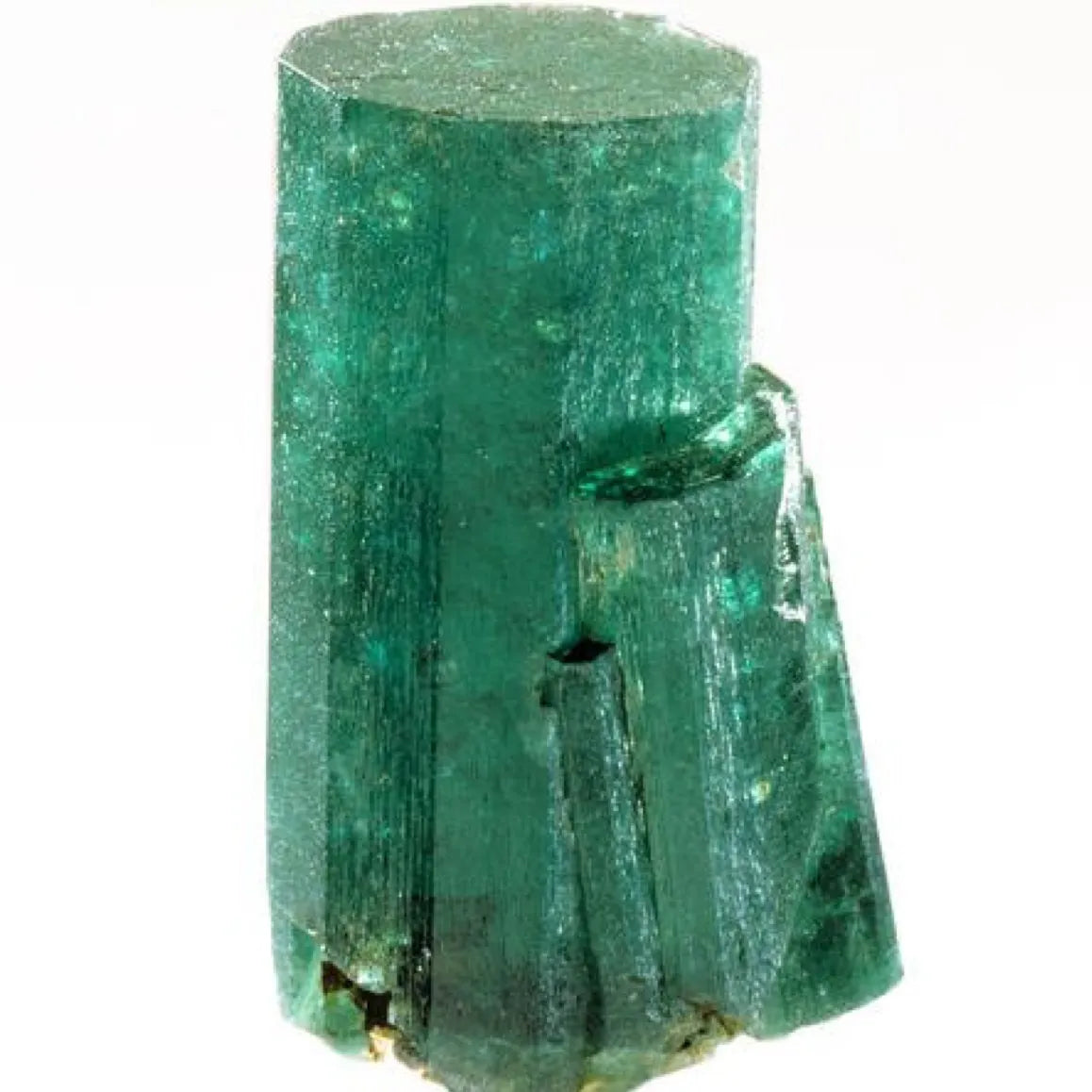
Patricia Emerald
The world-famous 632-carat Patricia Emerald was discovered in Colombia and is renowned internationally for its unrivalled clarity and radiance. It is currently on display at the American Natural History Museum in New York.

Hooker Emerald
The 75.47-carat Hooker Emerald was sourced from Colombia and is set into a platinum brooch and surrounded by diamonds. It is currently on display at the American Natural History Museum in New York.

Liz Taylor Emeralds
This necklace, set with over 60 carats of square and rectangular cut emeralds, is part of a suite of Bulgari Emerald Jewels given to Elizabeth Taylor by Richard Burton. The entire suite was sold at Christie's in 2011 for over $23 million.
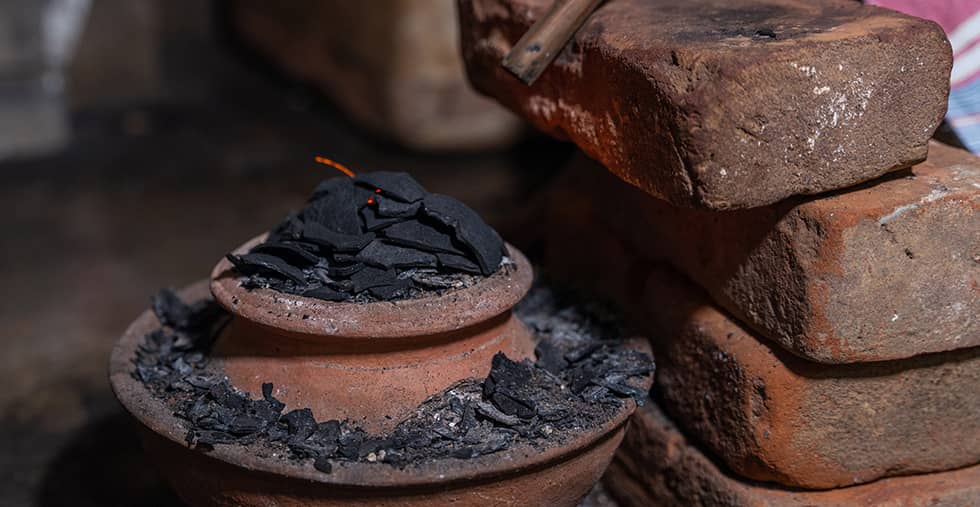
Treatment
Most emeralds on the market are subject to a treatment, or embellishment called fracture-filling. This embellishment serves to reduce the visibility of inclusions, thus enhancing the color and clarity of the stone. One of the most common fillers is the natural cedar oil, which was chosen because it is colorless and has a similar refractive index to the emerald. This oil fracture-filling can fade over time as the oil can evaporate or seep out of the stone. But unlike heat treatments, this oil filling can be done while the stone is set.
Other types of fracture filling are carried out using colored or synthetic oils, resins, glass or wax. However, they are widely looked down upon, as they alter the natural stone and significantly decrease its value.
Unlike most gemstones, emeralds are never subject to any heat treatment, as emeralds are very sensible to heat.

